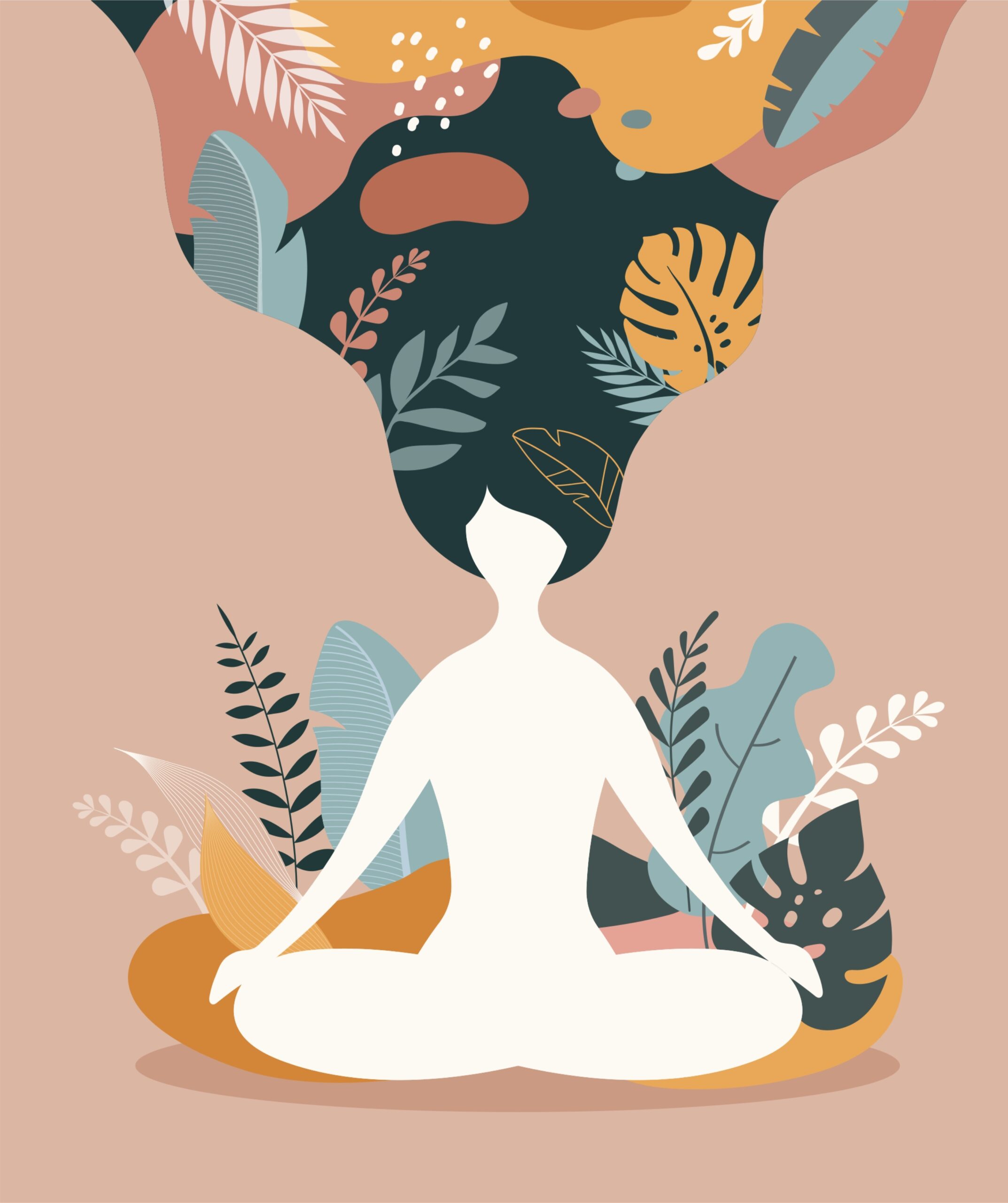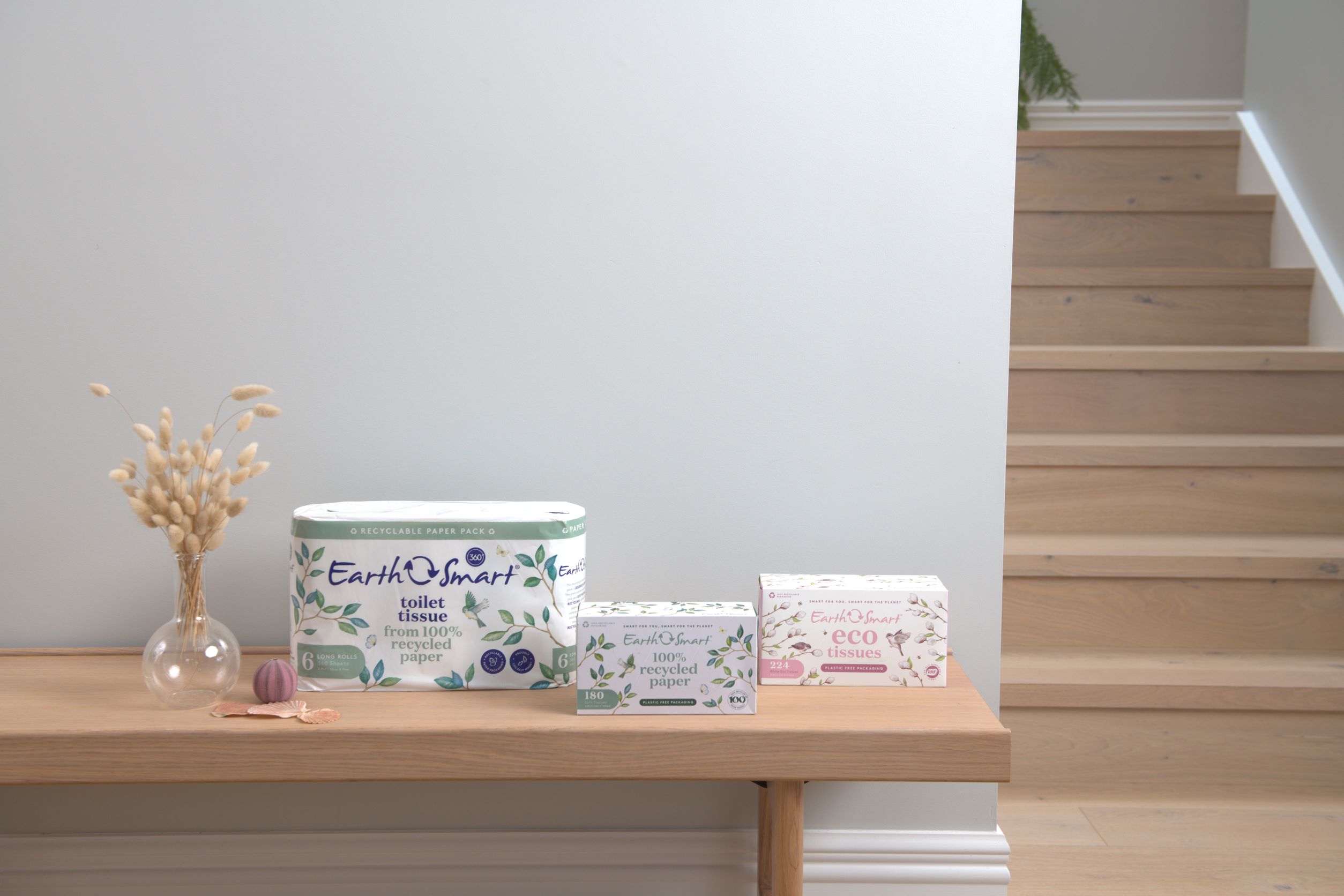Tennille Ziegler explores how taking a holistic approach to healing can benefit your wellbeing.
Healing.
What does it mean to you?
Have you ever really sat with the concept of what it means for you to be in complete health, and what healing journey you might undertake to get there?
Being in complete health won’t look the same for everyone and, correspondingly, the healing journey to complete health is different for everyone.
What’s certain, though, is that we are no longer confined to the four walls of a doctor’s office to help us.
Healing is now offered in many modalities to support individuals and their needs.
Holistic healing is about looking at the individual, not only for any symptoms of unwellness, but at their wellbeing as a whole to find the root cause of any ailments.
So, why are we suddenly interested in holistic healing modalities? And how does this relate to the rest of the world?
Brian Berneman of Conscious Action – a conscious community for raising awareness and inspiring meaningful action – believes that understanding ourselves leads to living more consciously in relation to others and in relation to the Earth.
Berneman, who grew up in Argentina with very open-minded parents, found that his own personal journey was what led him to understanding what was important to him.
Once on the journey of self-discovery, he was able to make actions that align with his values.
“We want to be in a place where we understand [that] our wellbeing and the wellbeing of the Earth are all related. Then, how can we bring that [about] with our everyday actions?”
Berneman believes this begins with us.
We are the most important person and we need to take care of ourselves.
“If I am number one in my life, [if] I take care of myself, then I can actually show up better for everyone else.”
Berneman noticed a shift in consciousness last year, bringing with it a priority shift.
People have begun to understand what it is they actually care about and want to experience life differently.
However a lot more people are also carrying stress because of the toll the lockdowns have taken.
So, how can we help ourselves through holistic healing?
There are many different tools and Berneman says it’s about finding the right set that resonate with each individual.
He reiterates that we need to work on ourselves, not only on a physical perspective, but also from an emotional, energetic and mental perspective.
“I believe we are all unique, and we all have something different we are bringing to the world. We are all amazing, it’s just finding that and being able to share that with others. That is all we can do.”
Ultimately, it’s about finding the healing modality that resonates with you, in that particular time of your life.
Or, as Berneman puts it, “I cannot fix anyone, I cannot change anyone. I am just creating the space for them to change. I am not doing anything. A lot of people don’t realise that they have the power. Sometimes we do need others to enable us to empower ourselves, but at the end of the day it’s each person doing it for themselves.”
Four healing modalities to explore:
Energy healing
We’re all made up of energy – whether that’s a strange concept to grasp or not, there are inevitable signs of us as energy beings.
Sometimes, if we’re holding onto emotional (or physical) wounds, have experienced trauma or stress in our lives, our body stores this away until we are ready to process it.
Reiki is a well-known form of energy healing.
The technique originated in Japan – Mikao Usui, a Tendai Buddhist, is attributed with creating the origins of the system that is called reiki today.
The term reiki is broken down into two Japanese kanji – ‘rei’ (spiritual or sacred) and ‘ki’ (energy).
During a reiki treatment, when the client is deeply relaxed a clearing or flow occurs, allowing for a strengthening of the flow of energy.
Reiki can teach people how to deeply relax, slow down, connect to their body and focus on making healing and wellbeing a top priority.
Rosanna Marks, owner of healing clinic Aroha in Grey Lynn, Auckland, says reiki has been her rock in the most challenging times in her life.
It has allowed her to feel, to express and look at situations from many differing perspectives, whilst being able to heal herself on a daily basis.
Reiki has given her the gift of self-care, self-love, focus, clarity, intuition, meditation, connection to her tūpuna (ancestors), loving others, making correct choices and creating necessary boundaries.
Over the years, reiki has taught her about energy – the energy we send out into the world and the energy we receive back.
There are many reasons why a person will see Marks for a treatment, and a common theme is to create change.
Reiki is a safe and non-invasive method of creating necessary change and Marks has witnessed some profound results in her clients – from leaving or healing
a relationship, moving on from a work environment that isn’t supportive, moving city or country to experiencing a huge cathartic shift on a physical or emotional level, overcoming grief and becoming the best person that they can be.
Marks says there is a definite change in consciousness recently, and this is manifesting in all aspects of the Aroha business.
The lockdown last year played a part and Marks came back to Aroha to a very busy time with new clients who felt they needed some holistic healing.
The typical professional person with a very busy mind is now feeling the need to connect, slow down and heal.
“I love that with this shift in consciousness, people who are novices to this way of being, are embracing healing modalities that until now have felt too ‘foreign’ for them.”
Marks is also a rongoā Māori therapist – rongoā Māori is traditional Māori healing that encompasses herbal remedies, physical therapies and spiritual healing
– and she sees Māori clients healing from extreme trauma.
Sound healing
Sound healing is a practice with roots embedded all over the world, but it has really taken off in the western world recently.
Sophie Correia of Crossing Paths is a well-known sound healer and regularly holds sound bath events across Auckland.
Correia says sound healing has been a prominent practice in tribes and cultures all over the world for centuries as evidenced by the variety of sound instruments for healing, including Tibetan and Himalayan bowls, gongs from China and didgeridoos from Australia.
It was (and still is) common practice for these cultures to use music as a form of meditation and healing.
Correia discovered sound healing during a trip to LA for her honeymoon and immediately fell for the practice, which inspired her to become a sound healer herself.
Upon returning to New Zealand, Correia began hosting her own sound bath events, which started off small and now sell out.
If you’re tempted to try it out, what can you expect?
Correia uses a range of different sound bowls, all offering different sound frequencies and thus different healing elements.
The frequencies have the ability to take your brain waves from a normal conscious waking state, into a state of deep rest and relaxation, essentially taking any disharmony in the body and bringing it into a harmonic, balanced state.
However, releasing all expectations before going in is probably the best idea.
“It’s honestly completely different every time and depends on where your body is at emotionally, physically and spiritually… I think it’s important to know that any experience someone has is meant for them.”
Sound healing can be used to help with depression, anxiety, high blood pressure and as a means of physical healing.
Cupping therapy
A form of Traditional Chinese Medicine (TCM), cupping therapy involves placing cups on the body (usually on areas of stagnation), creating a suction-like tension that brings the skin away from its underlying tissues, allowing for better blood flow to the area and bringing essential nutrients to that place of stress.
Cupping therapy works on physical ailments while also connecting to the meridian lines in the body. Meridians lines are energy lines through the body that connect to every organ and tissue.
Opening these meridians and moving stagnant energy (also known as ‘Qi’) can be helped with cupping therapy.
Many Taoists believe that cupping helps balance yin and yang within the body.
By restoring balance to these two energies, it can help with healing and protecting the body from falling ill.
Heat therapy
Wellness space HANA opened in Auckland last year offering infrared saunas, red light therapy and contrast therapy. Each has its own process and offers different benefits.
Infrared saunas: A little different to your usual sauna, these saunas heat the body using infrared panels that emit invisible light and give off radiant heat. Infrared saunas engage the parasympathetic nervous system, bringing the body into ‘rest and digest’ mode. From removing toxins in the body, to improving the immune
system by stimulating the production of white blood cells, infrared saunas activate the body’s innate self-healing systems and help restore balance.
Red light therapy: Also known as photobiomodulation (PBM) therapy, red light therapy uses specific wavelengths of red and near-infrared light to stimulate healing, reduce inflammation and relieve pain. It’s great for sun damage repair, muscle recovery, healing acne, scars, wounds and reducing joint inflammation. It’s also thought to make you feel more energised, provide a higher level of mental clarity and may even improve sleep quality.
Contrast therapy: If the idea of sitting in a stinking hot sauna for 40 minutes sounds like your idea of a nightmare, then contrast therapy may be for you. This centuries-old therapy is given a contemporary approach at HANA, where you alternate between heating up the body in the infrared sauna and cooling down with ice bath immersions. Sounds uncomfortable right? Focus on the benefits – contrast therapy gets the blood and lymphatic fluids moving, helping flush waste out of the body and reduces inflammation and pain. Exposing the body to these temperature extremes also triggers the production of heat shock and cold shock proteins, which repair damaged proteins and cells, increase immune system response and speed up muscle recovery





